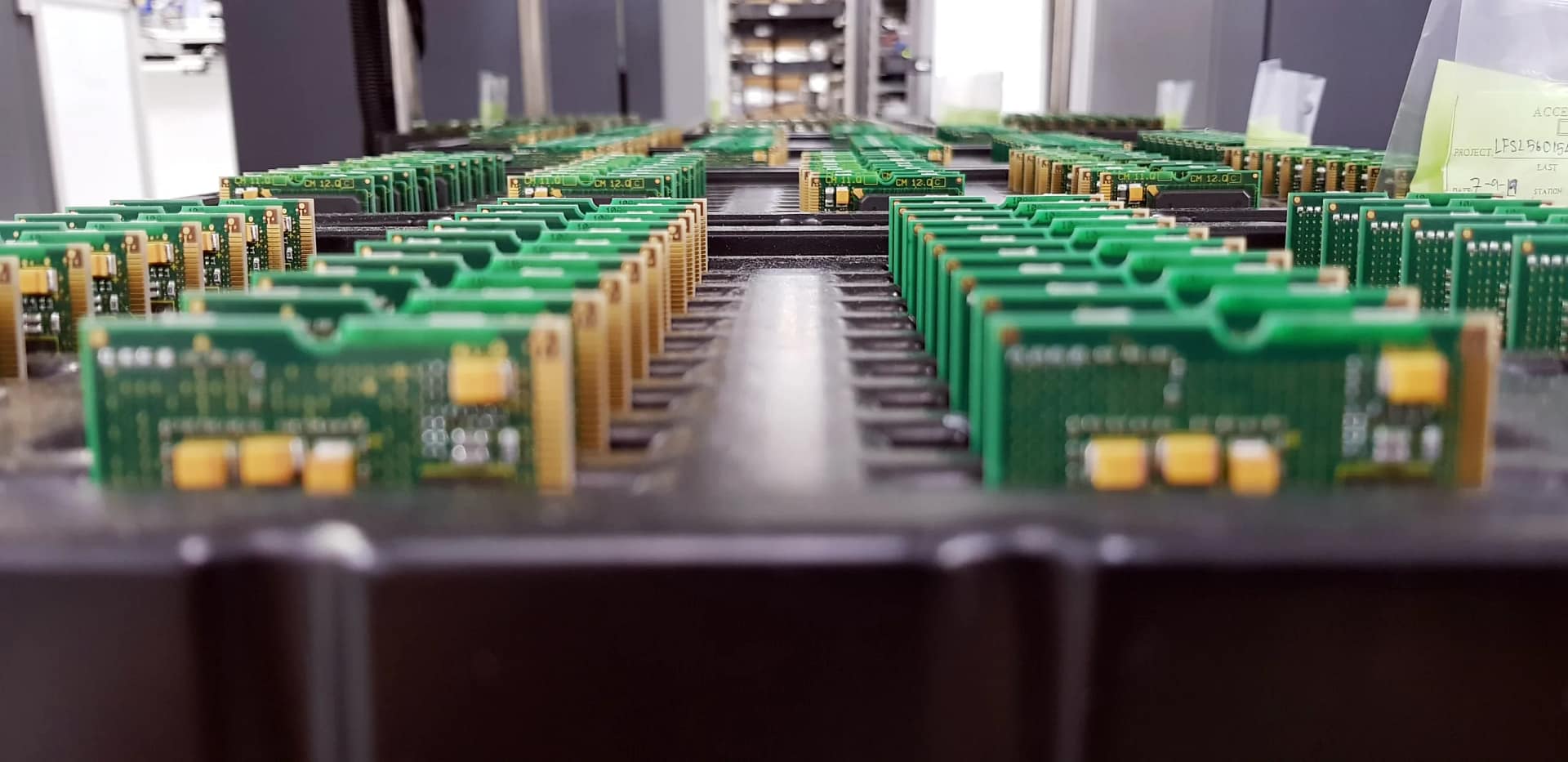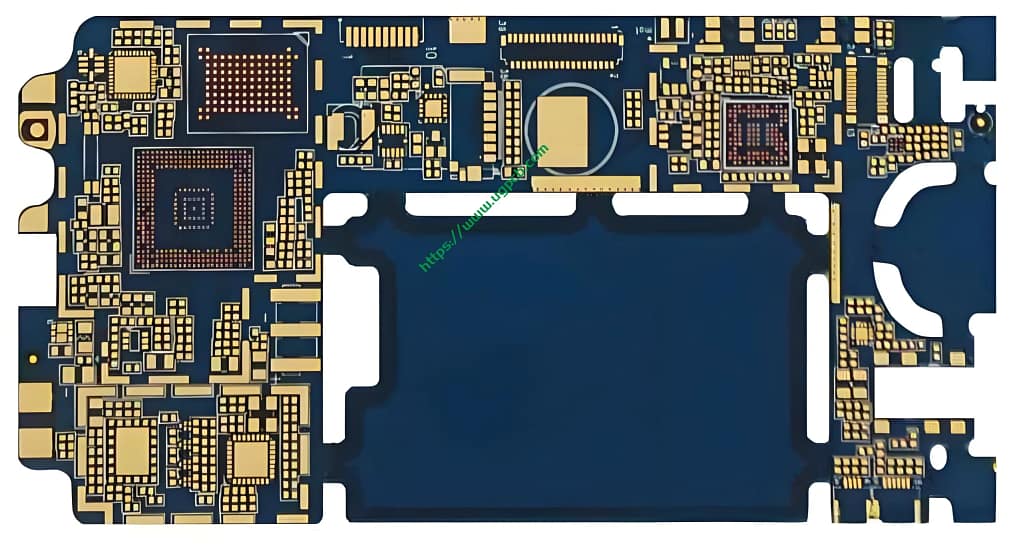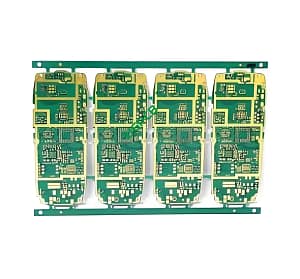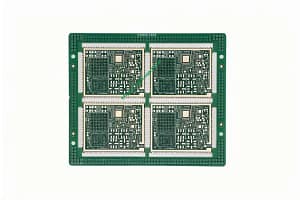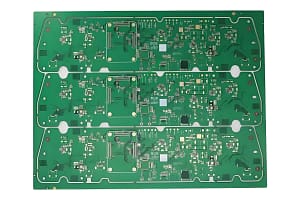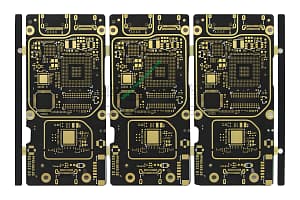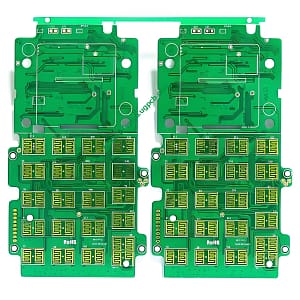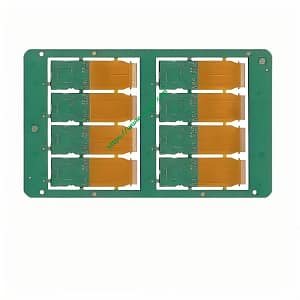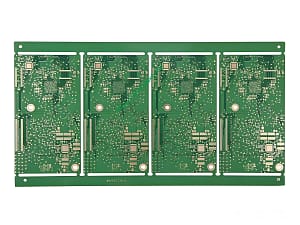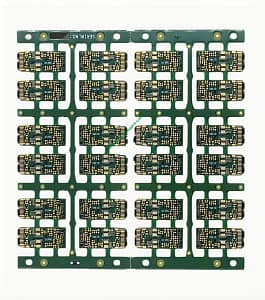Visão geral do produto
UGPCB’s 2+N+2 Countersink hole HDI 8L PCB with Blind Hole is a high-performance placa de circuito impresso Projetado para aplicações eletrônicas avançadas. Esse PCB integrates high-density interconnect (IDH) technology with countersink holes and blind vias, offering superior reliability for intelligent digital products. With an 8-layer structure, it supports complex designs while maintaining a compact form factor, making it ideal for space-constrained devices. Key parameters include a 1.0mm finished thickness, FR-4 material, and immersion gold surface treatment, ensuring durability and efficient signal transmission.

Definition of the Product
This PCB is defined as an 8-layer HDI board featuring a 2+N+2 build-up structure, which refers to two sequential lamination cycles with a core layer (N). It incorporates countersink holes—conical recesses for screw heads—and blind vias that connect outer layers to inner layers without penetrating the entire board. This design enhances routing density and reduces size, catering to modern Projeto de PCB trends for high-speed applications.
Design Key Points
When designing this PCB, critical factors include minimizing trace and space to 3mil/3mil for high-density routing, and adhering to hole size specifications: mechanical holes at 0.2mm and laser-drilled blind holes at 0.1mm. The copper thickness (inner 1OZ, outer 0.5OZ) must balance current carrying capacity and signal integrity. Designers should prioritize thermal management and impedance control, especially for Montagem PCBA processos, to avoid issues like signal loss. Using HDI PCB design software is recommended to optimize layer stacking and via placement.
Princípio de funcionamento
The PCB operates by facilitating electrical connections between components through its layered structure. Blind holes allow interconnections between specific layers, reducing signal path length and improving speed, while countersink holes provide mechanical stability for mounting components. O IDH technology enables shorter pathways, enhancing performance in high-frequency applications, such as those found in PCBA for smart devices.
Applications and Uses

This PCB is widely used in intelligent digital products, including smartphones, comprimidos, dispositivos vestíveis, and IoT equipment. Its high-density design supports advanced functionalities like 5G connectivity and AI processing, making it a top choice for PCB manufacturers focused on innovation. Applications extend to automotive electronics and medical devices where reliability is critical.
Classificação
Based on structure, this product falls under the PCB HDI category, specifically a 2+N+2 type with blind and buried vias. It can be classified by layer count (8eu), material (FR-4), and surface finish (ouro de imersão + OSP), aligning with industry standards for high-end PCBA solutions.
Materiais utilizados
The primary material is FR-4, a flame-retardant epoxy laminate known for its excellent electrical insulation and mechanical strength. Copper foils (1OZ inner, 0.5OZ outer) provide conductivity, while the immersion gold surface treatment offers corrosion resistance and solderability, crucial for PCBA assembly. This material selection ensures the PCB meets RoHS compliance for environmental safety.
Características de desempenho
Performance highlights include high thermal stability, low signal loss, and impedance control. With a minimum trace width of 3mil, it supports high-speed data transmission. The blind hole technology reduces parasitic capacitance, improving signal integrity. These features make it reliable for demanding PCB applications, such as in high-frequency digital products.
Detalhes estruturais

The structure consists of 8 layers with a symmetric build-up: two outer layers connected via blind vias to inner layers, surrounding a core. Countersink holes are machined on the surface for secure component mounting. This layout maximizes space efficiency and supports complex PCBA designs, such as those with BGA components.
Key Features
Key features include miniaturization capabilities, enhanced reliability due to robust via structures, and compatibility with lead-free soldering. The blue or white solder mask aids in inspection, while the 1.0mm thickness ensures durability. These attributes make it a preferred choice for PCB procurement in cutting-edge electronics.
Processo de Produção
The manufacturing process comprises multiple stages: inner-layer imaging, lamination, laser drilling of blind vias, mechanical drilling of counterbore holes, revestimento, and surface finishing. Quality assurance involves electrical testing and automated optical inspection (AOI) to ensure compliance with specifications. This workflow emphasizes precision in HDI PCB production, ensuring high manufacturing yield for subsequent PCBA integration.
Cenários de uso
Common usage scenarios include consumer electronics like smart home devices, industrial automation systems, and communication hardware. It is ideal for applications requiring compact, PCB de alta velocidade, such as in PCBA for embedded systems or automotive control units. This versatility supports innovation in PCB-driven technologies.
 LOGOTIPO UGPCB
LOGOTIPO UGPCB
